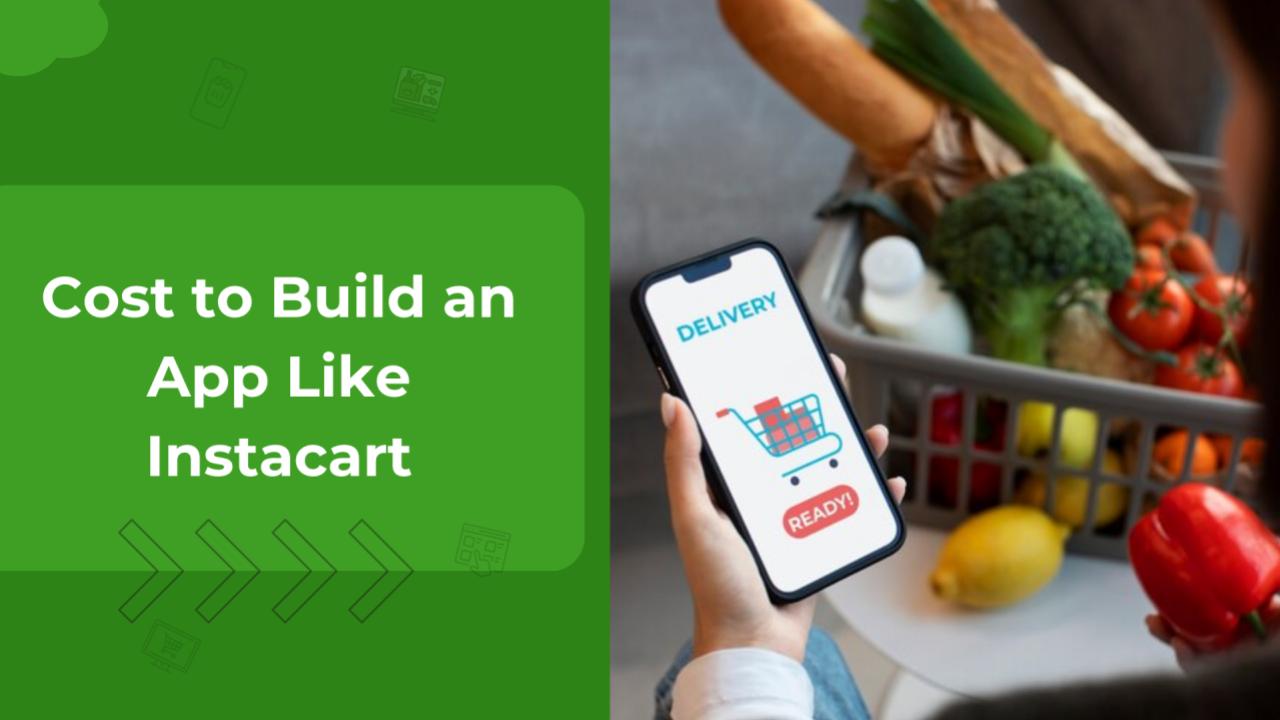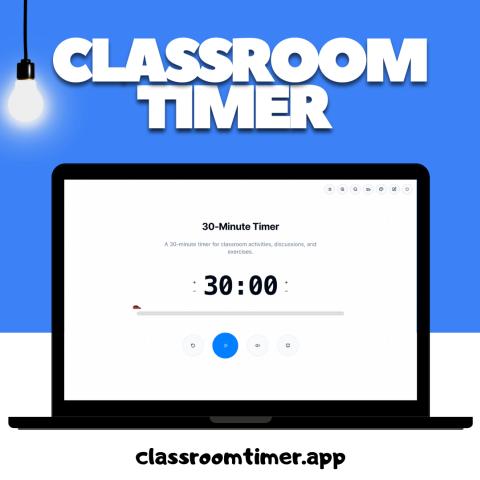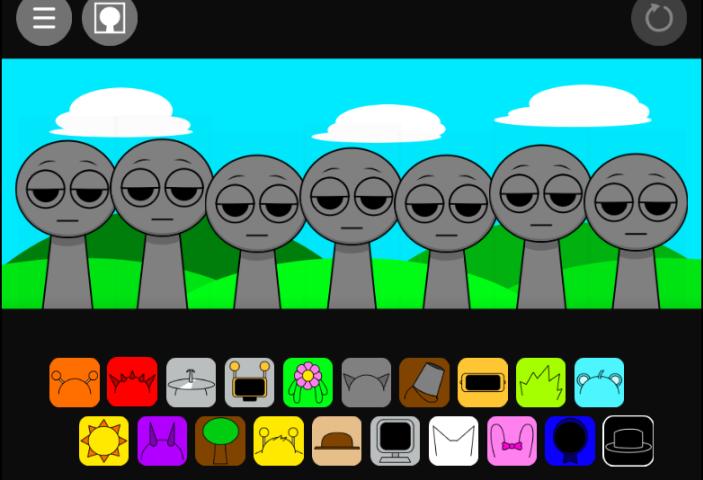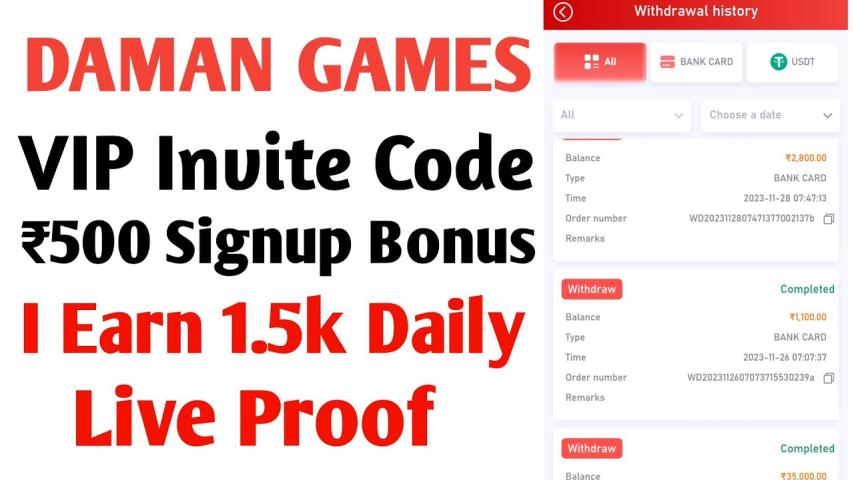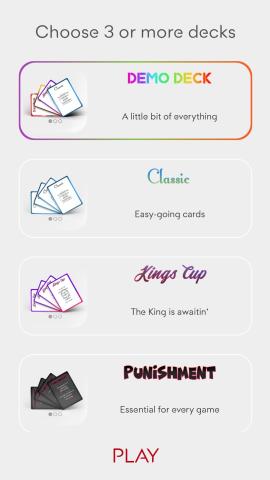Imagine you’re preparing dinner and suddenly realize you’ve run out of a key ingredient. You have two options: pause cooking and rush to the nearest grocery store, or simply order the missing item from an app like Instacart. Most people today prefer the convenience of ordering online.
On-demand grocery delivery services make it easy for customers to shop for anything they need without leaving their homes. According to industry reports, more than 25% of people now purchase groceries online. The on-demand market is growing rapidly, serving millions of customers and generating billions in revenue. A significant portion of this growth comes from the grocery sector, which is already worth billions on its own.
As more people shift to online shopping, traditional grocery stores are being replaced by digital platforms for everyday shopping. If you own a grocery store, moving your business online with a grocery delivery app can provide huge benefits. Building an app like Instacart not only makes shopping easier for your customers but also helps keep your store top-of-mind and increase your sales.
Whether you're a startup or a well-established grocery store looking to grow your online presence, developing a grocery delivery app like Instacart is a smart and profitable move. In this article, I'll break down the costs involved in building an app like Instacart, helping you understand what it takes to create a successful platform in today’s competitive market.
So, without further delay, let’s get started!
Why Develop a Grocery Delivery App?
The grocery delivery business is booming. With the growing preference for online shopping, especially after the COVID-19 pandemic, people are turning to apps like Instacart to save time and avoid trips to the grocery store. Developing your own grocery delivery app opens up a profitable business opportunity by catering to this demand for convenience and fast service.
Grocery delivery apps generally operate by connecting customers with local grocery stores and delivery drivers. Users browse through available products, place orders, and have groceries delivered to their homes. A well-designed app can benefit users, grocery stores, and delivery personnel alike.
Key Features of a Grocery Delivery App
When building a grocery delivery app like Instacart, certain features are essential to provide a seamless shopping experience for customers, efficient operations for delivery drivers, and easy management for store owners or admins. Here’s a breakdown of the key features to include:
Customer App Features:
This is the main app used by customers to browse products, place orders, and manage deliveries. It should be easy to use and offer a smooth shopping experience.
- User Registration & Login: Simple sign-up and login options via email, phone, or social media accounts (Google, Facebook, etc.).
- Search and Filter: Customers should be able to search for products quickly and filter items by category, price, brand, or availability.
- Store & Product Listings: Show available stores and display product listings with descriptions, prices, and availability.
- Add to Cart & Wishlist: Allow users to add items to their shopping cart or save them in a wishlist for later.
- Order Scheduling & Delivery Slot Selection: Customers can schedule delivery for a convenient time or choose from available delivery slots.
- Multiple Payment Options: Integration with secure payment gateways for credit cards, debit cards, e-wallets, and cash on delivery (COD).
- Push Notifications: Alerts for order updates, delivery status, special offers, and promotions.
- Real-Time Order Tracking: Customers can track their orders in real-time, from order confirmation to delivery, using integrated GPS tracking.
- Order History & Reordering: Users can view past orders and quickly reorder previously purchased items.
- In-App Chat/Customer Support: A chat feature for customers to contact support in case of issues or questions about their order.
Delivery Boy App Features
This is the app used by delivery drivers to manage their orders, deliveries, and earnings.
- Driver Profile & Verification: Registration and document verification process for delivery personnel.
- Order Management: Drivers can accept or reject delivery requests, view order details, and manage ongoing deliveries.
- GPS Navigation & Route Optimization: Integration with maps to provide efficient routes to customers’ locations for faster deliveries.
- Delivery Status Updates: Drivers can update the order status (picked up, out for delivery, delivered) so customers can track the progress.
- Earnings Dashboard: A section where drivers can track their completed deliveries, earnings, and tips.
- In-App Call: Allow drivers to communicate with customers or support if they encounter any issues.
Admin Panel Features
The admin panel is used by the business owner or grocery store manager to oversee the entire operation.
- Dashboard & Analytics: A comprehensive dashboard with analytics on sales, customer activity, order volume, and more.
- Order Management: Admins can view and manage all customer orders, track their statuses, and resolve any order-related issues.
- Inventory Management: Manage product listings, stock levels, and update availability in real time.
- User Management: Control over customer, store, and driver accounts with the ability to add, remove, or modify user profiles.
- Payment Management: Handle payments, commissions, refunds, and driver payouts efficiently.
- Promotions & Discounts: Admins can create and manage promotional campaigns, discounts, and special offers to boost sales.
- Manage Ratings & Reviews: Monitor customer reviews and ratings for both the app and delivery services, responding to feedback as necessary.
Factors Affecting Grocery App Development Cost
Several factors impact the cost of developing a grocery delivery app, such as:
App Complexity
The more advanced the app, the higher the cost. A basic app with essential features will be more affordable while adding advanced features like real-time tracking, multiple stores, or AI-based recommendations will increase the price.
Platform Choice (iOS, Android, or Both)
Building an app for both iOS and Android will cost more than focusing on a single platform. Cross-platform development tools like React Native or Flutter can help reduce costs, as they allow for a single codebase for both platforms.
UI/UX Design
A well-designed app with smooth navigation and an intuitive user interface (UI) will improve user experience but will add to the overall cost. Investing in a clean, user-friendly design is important for customer satisfaction.
Development Company Location
App development costs vary significantly based on where your team is located. For example, developers in the US and Europe charge more than those in regions like South Asia or Eastern Europe.
Estimated Cost to Build a Grocery Delivery App
Estimating the exact cost of developing a grocery delivery app depends on your requirements. However, here’s a general range based on different levels of complexity:
- Basic app: $15,000 - $25,000
- Medium complex App: $25,000 - $40,000
- Fully-featured App: $40,000 - $60,000 or more
Remember, this is just an estimated cost, and the actual budget will depend on your specific needs and features. For a more accurate estimate, it's best to connect with a reliable grocery app development company. If these costs seem high for your budget, you can also consider opting for a readymade Instacart clone available in the market, which can be a more cost-effective solution.
Conclusion
Building a grocery delivery app is a fantastic opportunity to tap into the growing online shopping market. Whether you're a startup aiming to enter the industry or an existing grocery store looking to expand, the potential rewards are significant. While the cost of development can vary based on several factors, investing in a user-friendly app can lead to increased sales, a larger customer base, and long-term business growth.
